Could someone translate this for me? (German)
aachenelf z5 Mpls
16 years ago
Related Stories
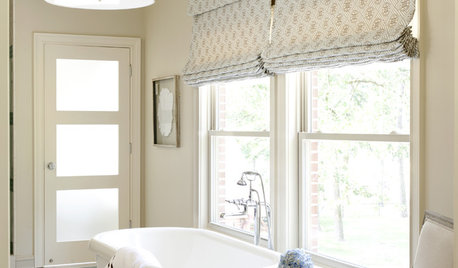
BATHROOM DESIGNDream Bathroom to Your Bathroom: Translate the Look
You don't need a major bathroom makeover to get that designer look — minor accents and tweaks can convey luxe style
Full Story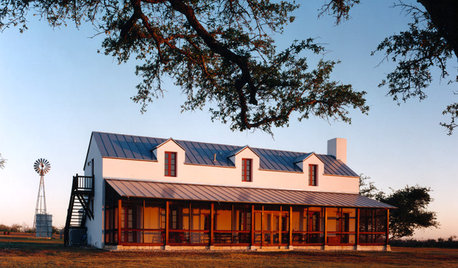
FARMHOUSESHouzz Tour: German Tradition Deep in the Heart of Texas
Rooted in architecture from the 1800s, this award-winning home mixes history with the vernacular of today
Full Story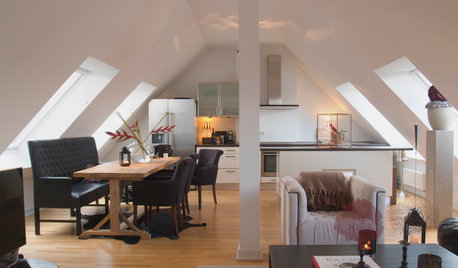
HOUZZ TOURSMy Houzz: Red and Black Pop in a German Penthouse
See how an eye-catching color scheme, international finds and understated charm raise the style factor in this decorator's home
Full Story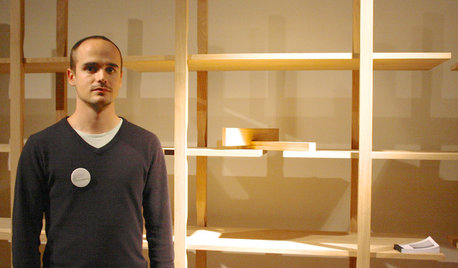
TASTEMAKERSSneak Peek: 10 Visionary Designs That Could Be Coming Your Way
Trust the next generation of designers to think ahead — these promising products from the imm Cologne trade fair take innovation to heart
Full Story
MORE ROOMSCould Your Living Room Be Better Without a Sofa?
12 ways to turn couch space into seating that's much more inviting
Full Story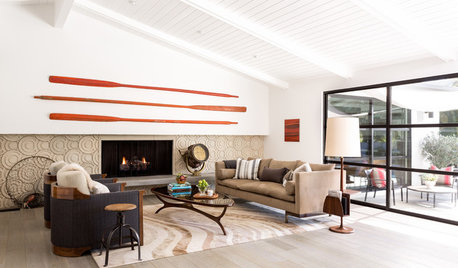
MODERN HOMESHouzz Tour: ’50s Ranch Redo Could Be a Keeper
An experienced house flipper puts his creative talents to work on an L.A. remodel designed for his own family
Full Story
COFFEE WITH AN ARCHITECTMike Brady Lied to Me
Why "The Brady Bunch" is a terrible guide for the architectural profession
Full Story
REMODELING GUIDESContractor Tips: What Your Contractor Really Means
Translate your contractor's lingo to get the communication on your home project right
Full Story
DECORATING GUIDES15 Home Ideas Fit for a Crowd
Spend less time corralling chaos and more time enjoying family togetherness with this advice from someone who's been there
Full Story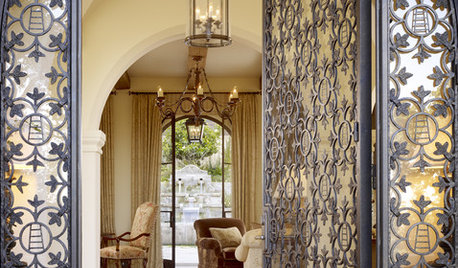
DECORATING GUIDES15 Ways to Make Your Home Speak Spanish
You won't need a translator to appreciate the beauty of Spanish-style ironwork, tile, architecture and more around the home
Full Story








turkeytaker
michigoose
Related Professionals
Eden Prairie Landscape Architects & Landscape Designers · Harrison Landscape Architects & Landscape Designers · Prairie Ridge Landscape Architects & Landscape Designers · Fairhope Landscape Contractors · Milford Mill Landscape Contractors · Nashua Landscape Contractors · Snoqualmie Landscape Contractors · Wheat Ridge Landscape Contractors · Ferguson Landscape Contractors · Erlanger General Contractors · Fairview General Contractors · Hammond General Contractors · Mountlake Terrace General Contractors · North Lauderdale General Contractors · Spanaway General Contractorsaachenelf z5 MplsOriginal Author
michigoose
evagreen
aachenelf z5 MplsOriginal Author
evagreen
aachenelf z5 MplsOriginal Author